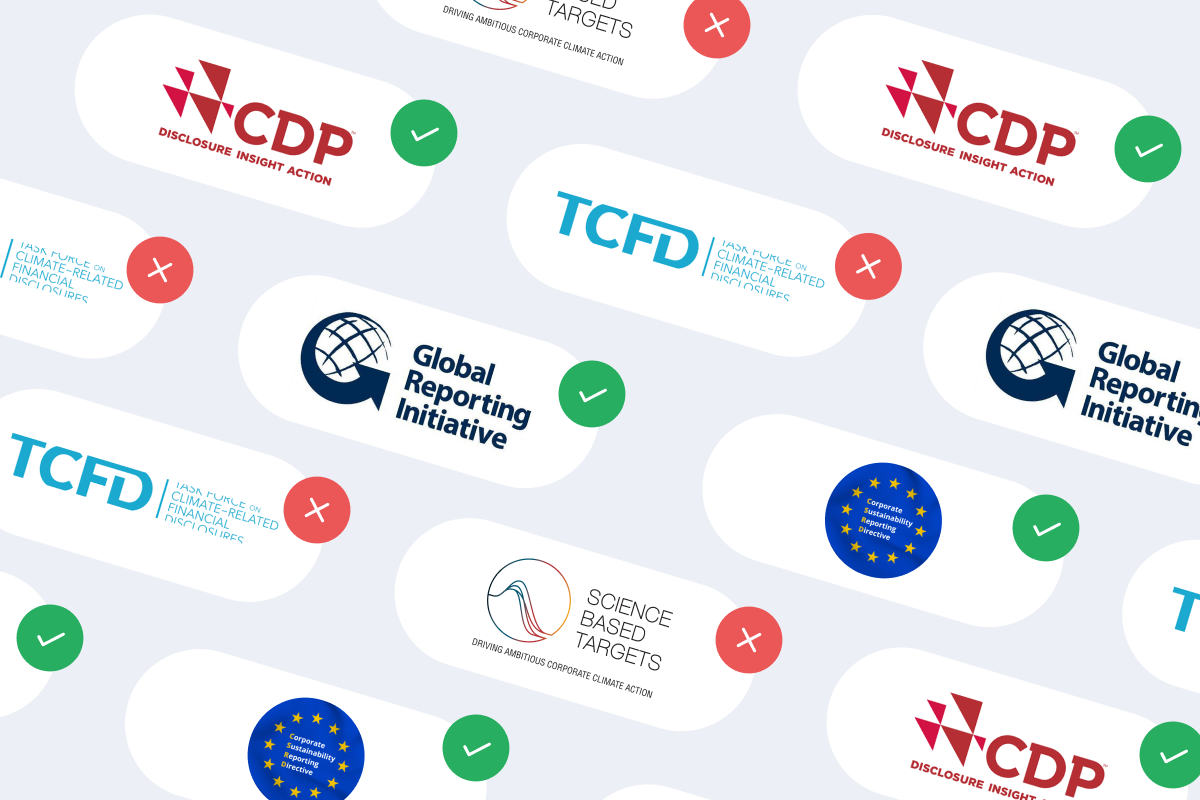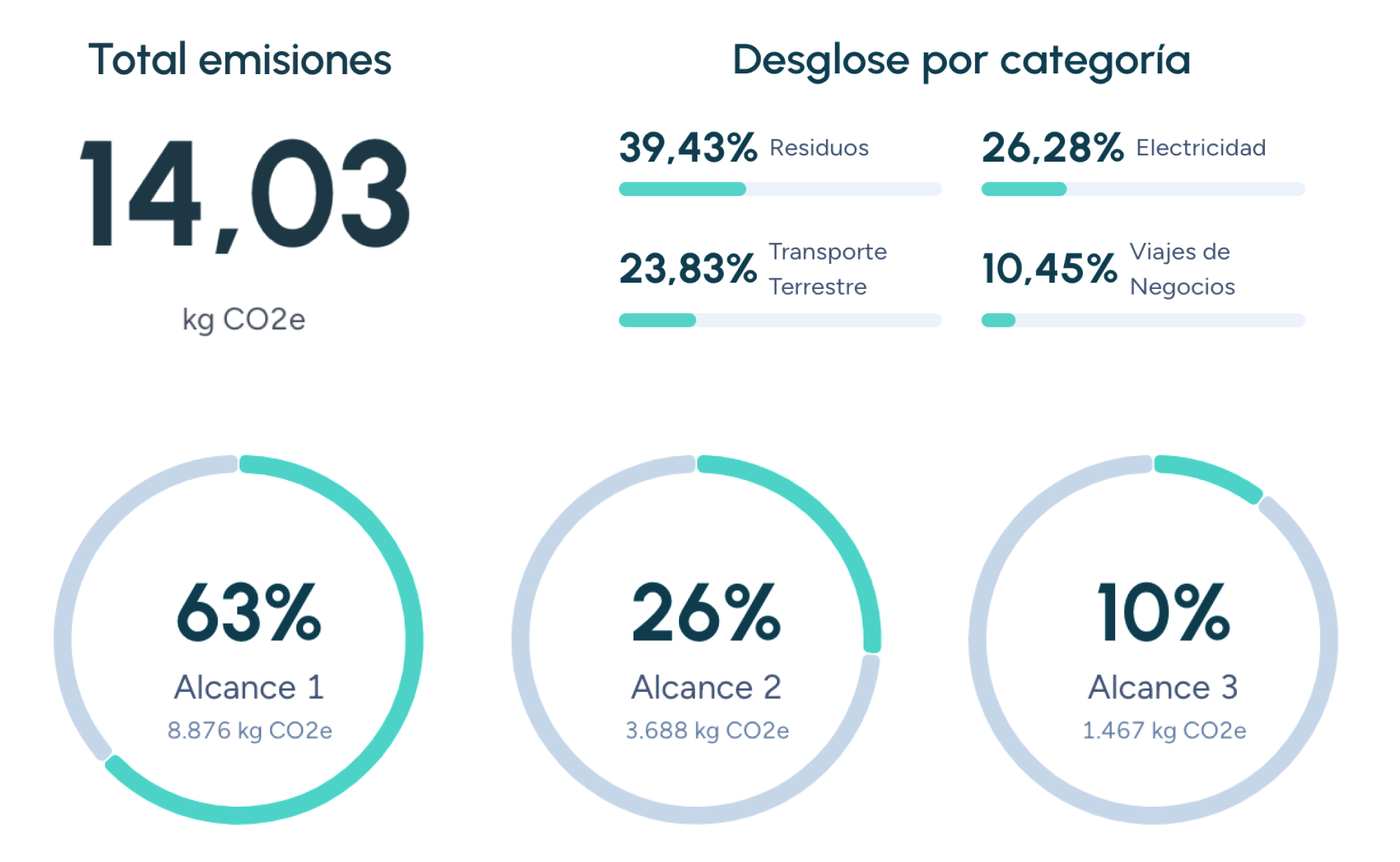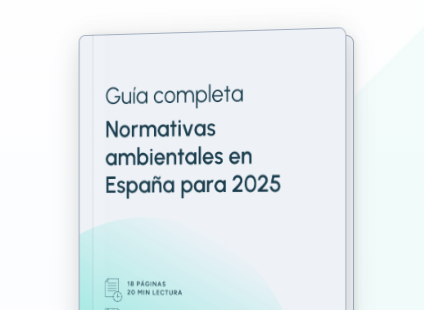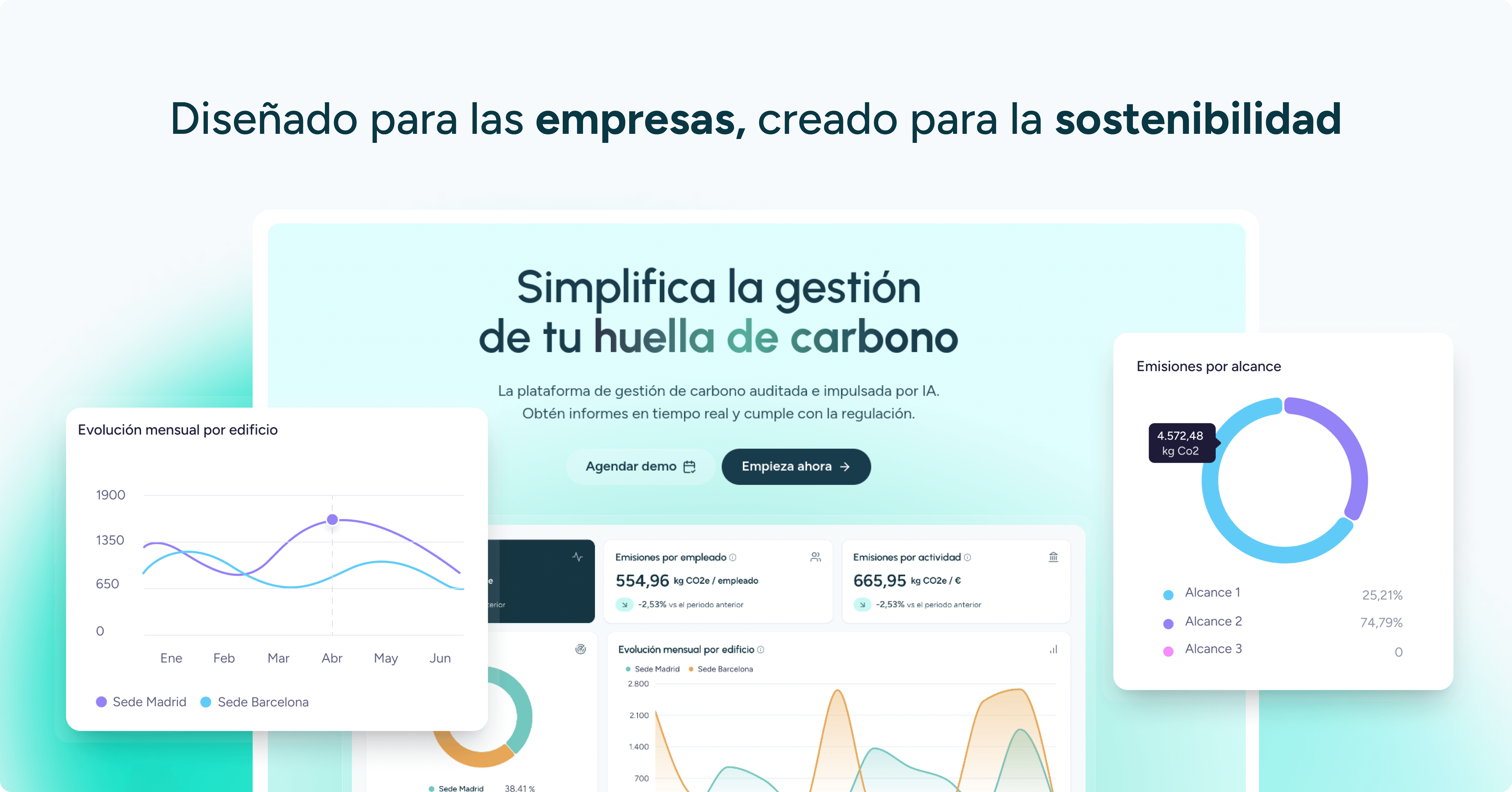Water Impact
Water impact refers to the environmental, social, and economic effects resulting from human activities that use or pollute water resources. It goes beyond measuring water consumption (as in a water footprint) and includes changes in water quality, ecological availability, aquatic ecosystems, and social equity in access to water.
Dimensions of Water Impact
- Quantitative: excessive withdrawal of blue water that lowers river flows and groundwater levels.
- Qualitative: discharge of pollutants that degrade water quality (grey water footprint).
- Ecological: loss of aquatic biodiversity, alteration of habitats, and disruption of river connectivity.
- Social: water-related conflicts, displacement, and public health impacts.
- Economic: increased treatment costs, production disruptions, and agricultural losses due to drought.
Assessment Methods
- ISO 14046: life cycle assessment (LCA) approach quantifying potential impacts such as scarcity, quality degradation, and aquatic toxicity.
- AWARE (Available WAter REmaining): indicator of water consumption weighted by regional availability.
- Water Risk Atlas (WRI): mapping tool for assessing basin-level water risks.
Key Indicators
- Water stress: ratio of withdrawals to renewable availability.
- Blue water scarcity: scarcity of surface and groundwater at the basin scale.
- Green-to-Blue Ratio (G/B): proportion of rainwater use versus irrigation water.
- Water quality index: based on parameters such as BOD, nutrient levels, and metals.
Mitigation Strategies
- Efficiency and reuse: improving industrial and agricultural water management.
- Pollution prevention: replacing toxic substances and implementing advanced wastewater treatment.
- Ecosystem restoration: rehabilitating wetlands, riverbanks, and ecological corridors.
- Integrated water basin management: stakeholder participation and sustainable withdrawal limits.
Assessing water impact provides a holistic understanding of how human activities affect the water cycle. It enables the design of sustainable management strategies that protect water resources, ecosystems, and communities, while promoting resilience to future scarcity and pollution challenges.
Companies that already trust manglai



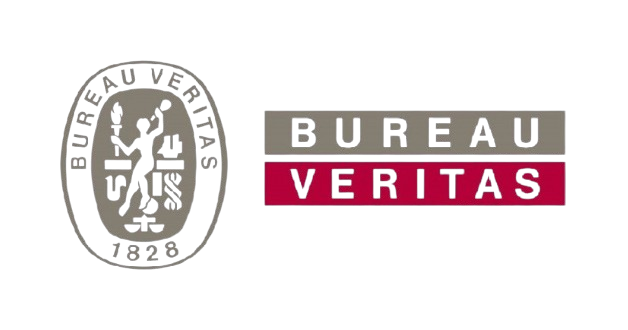

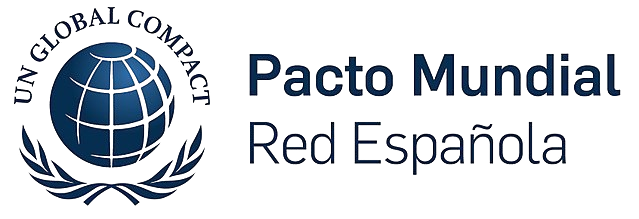








Blue Water Footprint
The blue water footprint represents the volume of surface and groundwater withdrawn from rivers, lakes, reservoirs, and aquifers to produce goods and services.
Blue Water Scarcity
Blue water scarcity is an indicator that compares the consumption of surface and groundwater resources (blue water footprint) with the availability of renewable freshwater within a river basin over a specific period.
Blue carbon
Blue carbon refers to the carbon stored in coastal and marine ecosystems, such as mangroves, seagrass meadows, and salt marshes.
Guiding businesses towards net-zero emissions through AI-driven solutions.
© 2025 Manglai. All rights reserved
Política de Privacidad